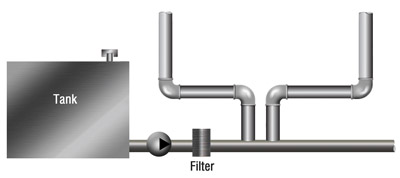http://reliabilityweb.com/articles/entry/the_plant_maintenance_program/
The program explains and prescribes what personnel do and who does what, how, when and why? The personnel involved are more than those in maintenance. They also include all who support maintenance, such as warehousing, or depend on maintenance services, as with production.
The success of all maintenance functions is enhanced with a program commonly understood across the entire operation. But, the most important aspect of all is to ensure that those other departments that must support maintenance or utilize its services know how. If they don’t know what maintenance wants and needs, they cannot deliver it. There is an axiom that suggests: If you want someone’s help, you must first tell them how they can help. More simply: No tell; no help.
Maintenance is not a stand-alone effort. Any successful effort to improve maintenance performance, regardless of how, depends on the quality of the plant maintenance program. It’s important to note that it is the plant maintenance program, not the maintenancedepartment’s maintenance program. Maintenance is a service provider, dependent for success on the cooperation and support of all other plant departments and the backing of a supportive plant manager. Maintenance is not to be carried out single-handedly by maintenance. Planning, for example, is a key maintenance function and the responsibility for successful planning rests solely with maintenance. But, the planning function requires the support of numerous plant departments, like warehousing, purchasing, shops, accounting, etc. Few maintenance functions are successful without help and cooperation from other departments.
Getting Started
Only the plant manager controls all departments. Therefore, the existence of a quality plant maintenance program is the responsibility of the plant manager. However, the maintenance manager is responsible for the effective execution of the elements of the plant maintenance program. Yet, the maintenance manager depends on all other departments in order to execute the plant maintenance program. Thus, the plant manager becomes responsible for ensuring the support and cooperation of other departments, which, in turn, ensure the success of maintenance. What must the plant manager do? Based on the corporate business strategy, the plant manager, as shown in Figure 1, develops a business plan (1), assigns departmental objectives specifying responsibilities for primary operational or support activities to include interactions with maintenance (2) and specifies policies for the conduct of maintenance (3). In turn, departments acknowledge objectives and follow policies as they incorporate all experiences with merit (4) and follow principles (5) to develop internal and interdepartmental procedures (6). Procedures are then incorporated into departmental programs (7) and information systems utilized to control actions (8). Once tested, departments organize to support programs (9) and interact according to approved program details (10). Thereafter, information is used to control and manage the overall operation (11).
It follows that the best maintenance organization must be capable of executing the what, who, how, when and why of the plant maintenance program. And the best information system is the one that provides the right information to ensure efficient execution of the what, who, how, etc., specified in the program. It is reasonable to state that modern strategies, like reliability centered maintenance (RCM), cannot be successfully implemented unless there is a plant maintenance program, organization and information system to support them. It logically follows that only when a plant and its maintenance department have solidly locked down what they do, how, etc., can they confidently choose the best organization and a competent information system to carry out and control plant maintenance activities.
Figure 1
Program Development
Program definition begins at the plant manager level. This individual states how the departments should work together efficiently and productively by assigning specific objectives. The plant manager provides policies so departments are guided as they develop internal and interdepartmental procedures that make the plant’s maintenance program work efficiently.
Effective maintenance and actions that assure reliable equipment and workforce productivity don’t simply happen! They happen only after clear, logical management guidance is provided and a quality program emerges.
Program definition is a composite interaction of all departments. As they work together, maintenance crews, equipment operators, supervisors and staff personnel, like planners, warehouse personnel, or purchasing agents, should confer as the procedures for each department are being developed and interdepartmental actions confirmed. This collaboration better assures the practicality and workability of the final program.
Program education is essential and must include everyone in the plant, from worker to manager. Plant managers should make a special effort to observe the discussion between departments as they commit to procedures necessary to carry out the plant’s business plan. Questions should be answered promptly and correctly. Recommendations should be welcomed and encouraged.
Program Definition Techniques
The most effective technique for documenting the program is a schematic diagram that depicts the interaction between individuals of participating departments. The schematic is accompanied by a legend to aid understanding of the step-by-step process. While other techniques, such as flow charts, decision trees, or narratives, with diagrams might be used, none are as effective as the schematic diagram in showing people’s interactions. The schematic pinpoints ‘you’ and ‘me.’ It describes directly what ‘we’ must do, how ‘we’ will do it and the results ‘we’ should achieve. It is this ‘personal’ explanation that helps to bind people to the program.
As Figure 2 illustrates, preventive maintenance (PM) services due are shown by the information system (1). Services on equipment due (2) are either static (require shutdown) or dynamic (done while running). Static services are integrated into the weekly schedule and operations is advised of the approved, scheduled shutdown times (3). Dynamic PM services are done at the discretion of the maintenance supervisor (4). The maintenance supervisor assigns PM services to individual crew members (5). Services are performed by maintenance crew members (6) and crew members confer with operators to learn about actual equipment condition (7). Operators assist according to their instructions (8), while operations supervisors are advised of new deficiencies by the crew member (9). Deficiencies are then reviewed by the maintenance supervisor and the crew member (10) and converted into work as follows: Emergency repairs - Supervisor assigns at first opportunity (11); Work that meets planning criteria requiring planning - Supervisor forwards to planner (12); and Unscheduled repairs - Crew member enters them into the work order system as new work to be fitted in at first opportunity (13).
Figure 2
Conclusion
It is always prudent to ensure that everyone in an industrial organization understands their operational, support and cooperative roles and responsibilities. When this happens, the plant maintenance effort will be successful.
 Paul D. Tomlingson, retired, is a 44 year veteran maintenance management consultant focusing on heavy industry. Mr. Tomlingson is the author of eleven textbooks and over a hundred published trade journal articles. He is a graduate of West Point and received a BA in Government and a MBA from the University of New Hampshire.
Paul D. Tomlingson, retired, is a 44 year veteran maintenance management consultant focusing on heavy industry. Mr. Tomlingson is the author of eleven textbooks and over a hundred published trade journal articles. He is a graduate of West Point and received a BA in Government and a MBA from the University of New Hampshire.

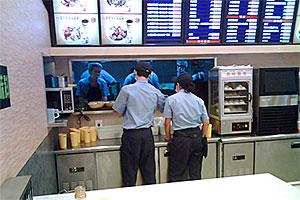 As I’ve gotten older, I have tried to curtail my consumption of fast food. I’m aware that the fat content, calorie counts and general nutrition levels are not the healthiest available. I know that as we age, we should watch our cholesterol, our weight and make sure that we eat healthy. I also know that my diet will directly contribute to the length and quality of my life. With all that being said, I love fast food. I am usually pretty good at keeping a balance of healthy eating and not-so-healthy eating, but sometimes I just want something that comes quickly and cheaply even though it may not be the best thing for me.
As I’ve gotten older, I have tried to curtail my consumption of fast food. I’m aware that the fat content, calorie counts and general nutrition levels are not the healthiest available. I know that as we age, we should watch our cholesterol, our weight and make sure that we eat healthy. I also know that my diet will directly contribute to the length and quality of my life. With all that being said, I love fast food. I am usually pretty good at keeping a balance of healthy eating and not-so-healthy eating, but sometimes I just want something that comes quickly and cheaply even though it may not be the best thing for me.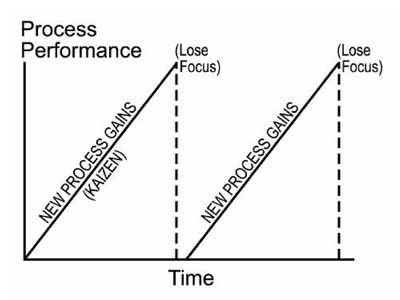
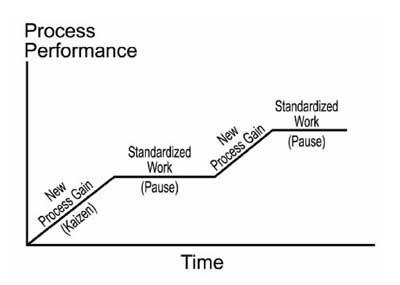
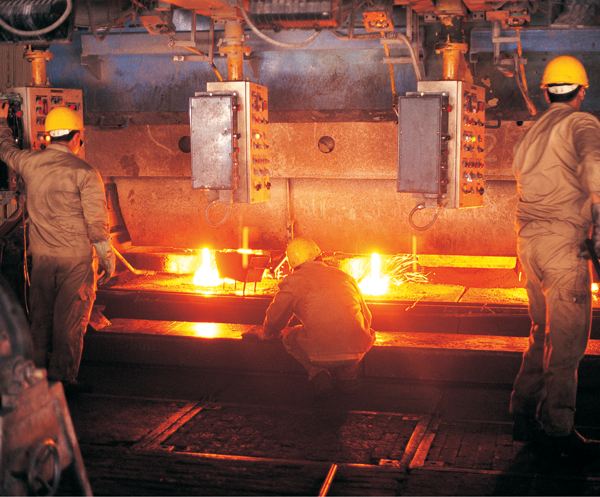
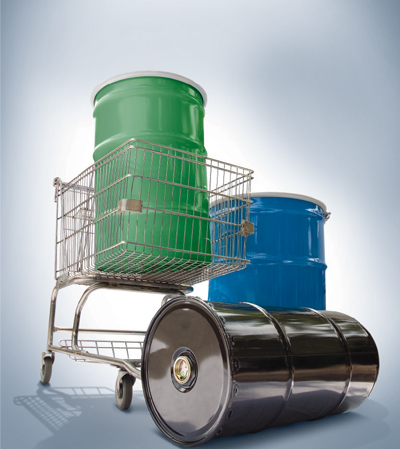
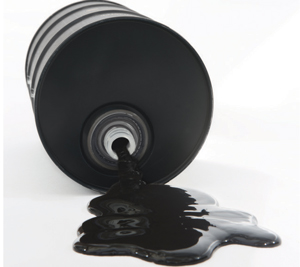
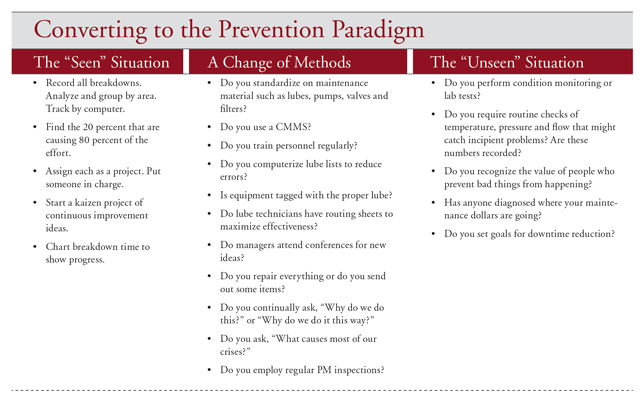


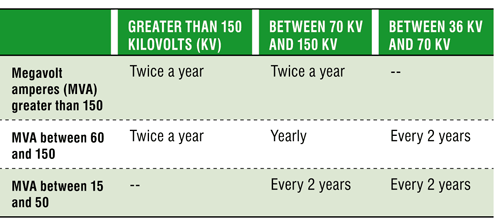
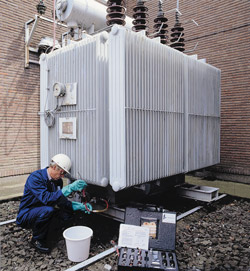
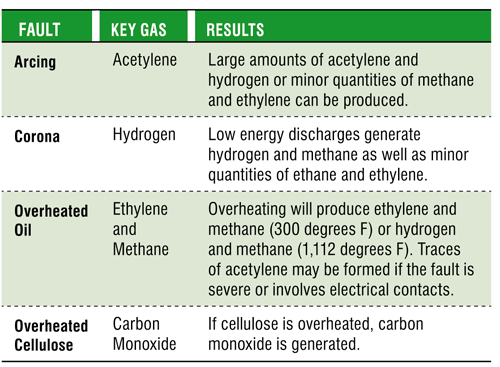
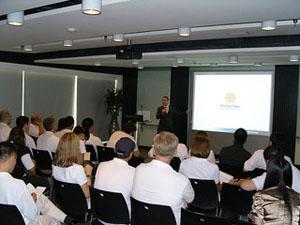 Training is the backbone of preparation to perform the assigned duties in any position you hold. I cannot think of a single job in the world that does not require some kind of training to at least improve performance of the task.
Training is the backbone of preparation to perform the assigned duties in any position you hold. I cannot think of a single job in the world that does not require some kind of training to at least improve performance of the task.